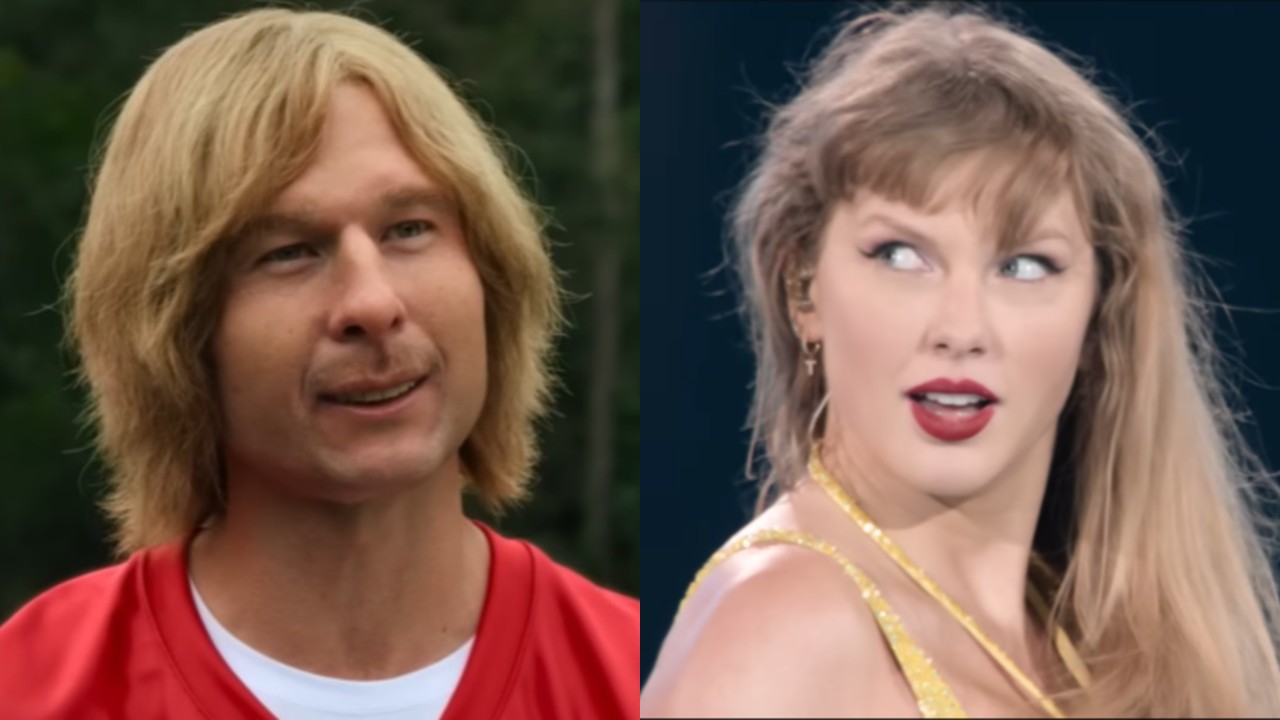If You Really Want To Be Terrified This Spooky Season, Forget Horror Movies And Check Out This Documentary
The scariest thing you’ll watch this Halloween might not be a horror movie at all.
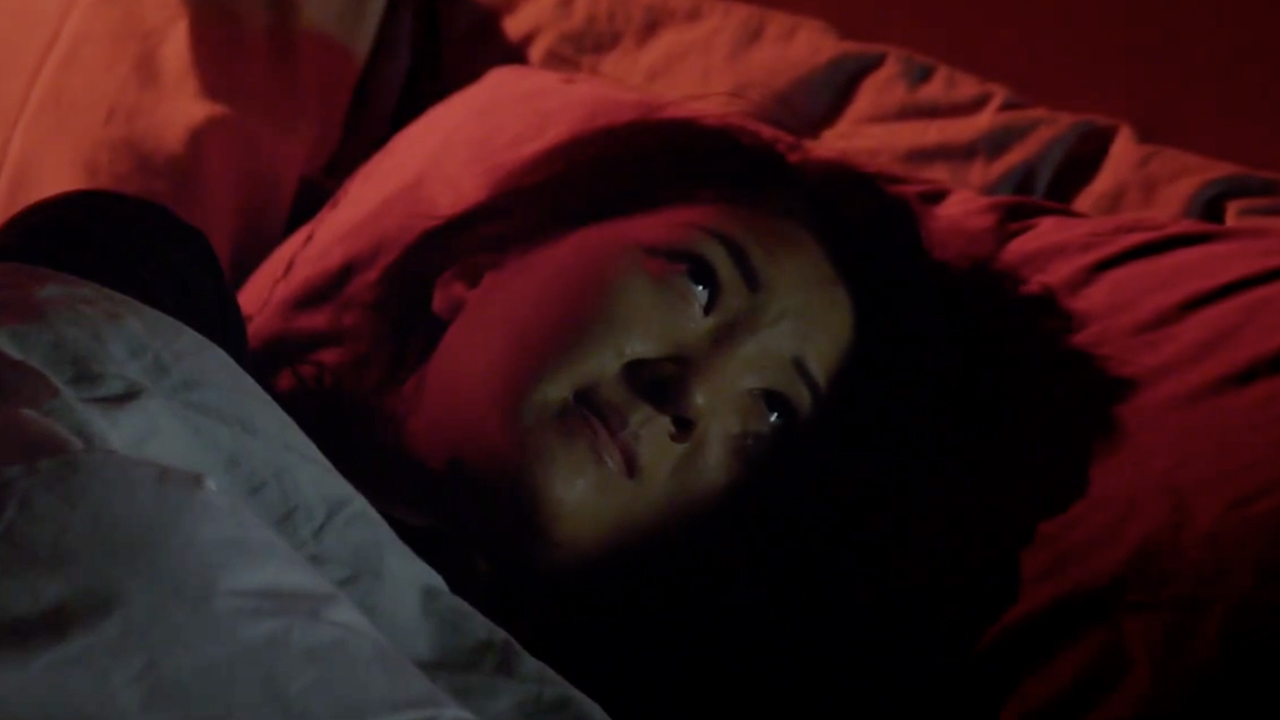
My favorite Halloween watches rarely mention the holiday. I’m chasing the best horror movies that smell like wet leaves and feel like early evenings under a bruised sky—movies with Halloween vibes. Every October, I scour the best streaming services, looking for something that breaks the mold, and Rodney Ascher’s The Nightmare is exactly that. Let's break down why you should watch it this spooky season.
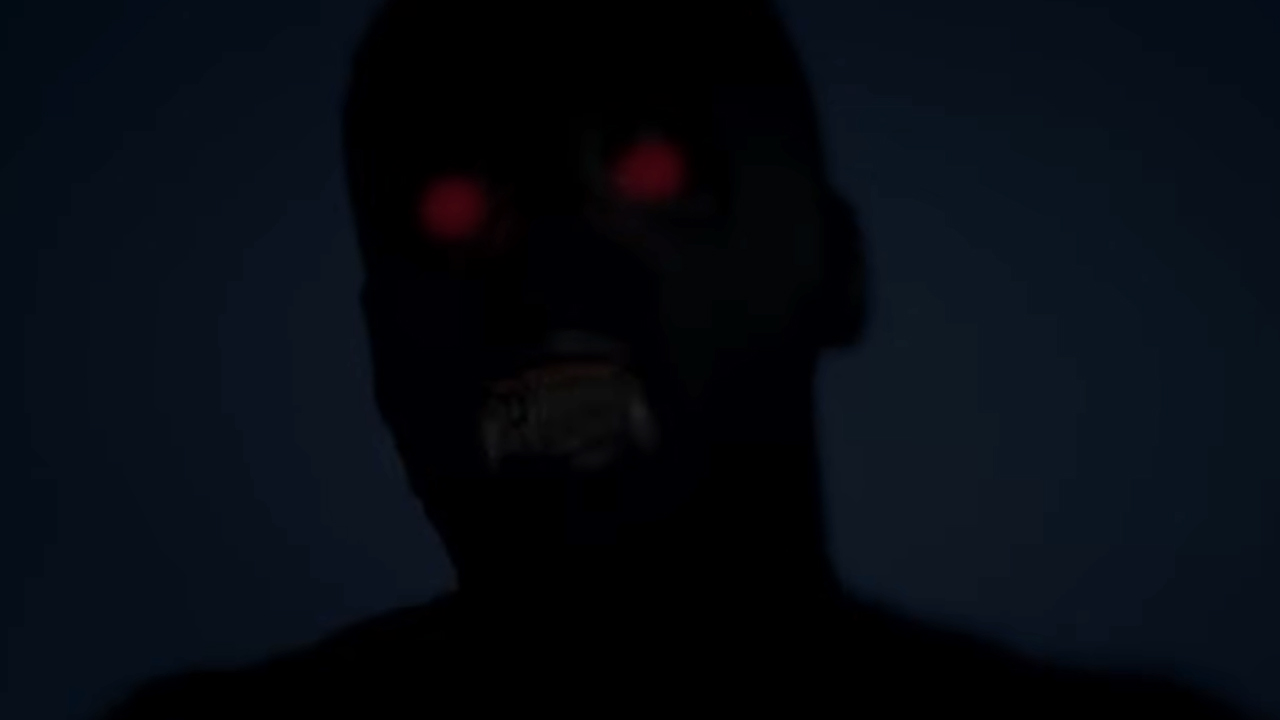
It Blurs the Line Between Documentary and Full-On Thriller
Most docs, even the best documentaries, stick to talking heads and expert soundbites. The Nightmare skips all that. Ascher doesn’t bother bringing in sleep specialists or neurologists to explain what’s happening. Instead, he recreates first-person experiences of sleep paralysis as full-blown horror scenes, worthy of the 2025 movie schedule. It's not subtle. And that’s the point. He explained the choice in a Reddit AMA:
I wanted to do a more immersive trip into the heads of people going through this… I thought I was best off narrowing my focus to eye-witness accounts.
That decision is the movie’s engine. The film doesn’t cut away when things get scary. It traps you in the dark, right next to the people who can’t move, can’t scream, and definitely aren’t alone. For something marketed as nonfiction, it gets under your skin in a way most new horror movies only wish they could.
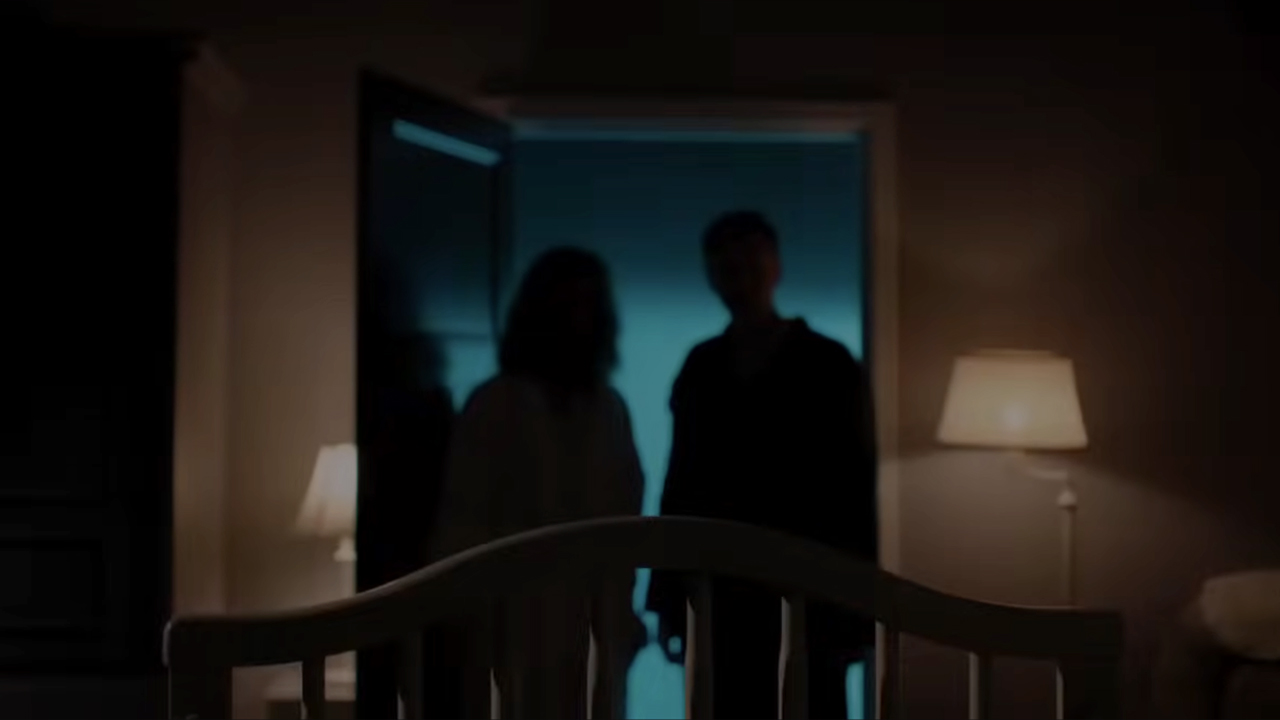
Shadow Figures & Suffocation Are a Recurring Theme
There’s something uniquely messed up about a global pattern of people hallucinating the exact shadowy figure standing over their bed. Whether it’s “The Hat Man,” the red-eyed thing in the corner, or that weight pressing down on your chest—people from wildly different backgrounds are reporting the same imagery. One Redditor, who hadn’t thought about their childhood sleep paralysis in years, wrote:
I used to have similar paralysis issues as a child and almost completely forgot about it until I heard the 8 people talking about their experiences. It all came back to me in a huge rush of fear; the shadow people, the colors in vision, trying to move anything to wake up etc etc... When it came to the part about when they were disusing about the possibilities of talking about the experience can cause a trigger to make it happen again I almost turned it off, which is rather rare for me. I was afraid to go to sleep for the first time in 15 years.
You don’t need to believe in demons—or “dream demons,” which are apparently a real subgenre of fear—to find that disturbing. It’s not just what people see, it’s how many of them see it. Ascher has even addressed the possibility that the film itself might trigger episodes. His response:
Not a ton [of reports], but a few—including one guy who said he got sleep paralysis after just reposting the trailer. Of course, without rigorous testing it’s hard to say what’s correlation and what’s causation.
Translation: probably fine… unless it’s not. So, if you’re prone to or have experience with the phenomenon, maybe steer clear of this flick.
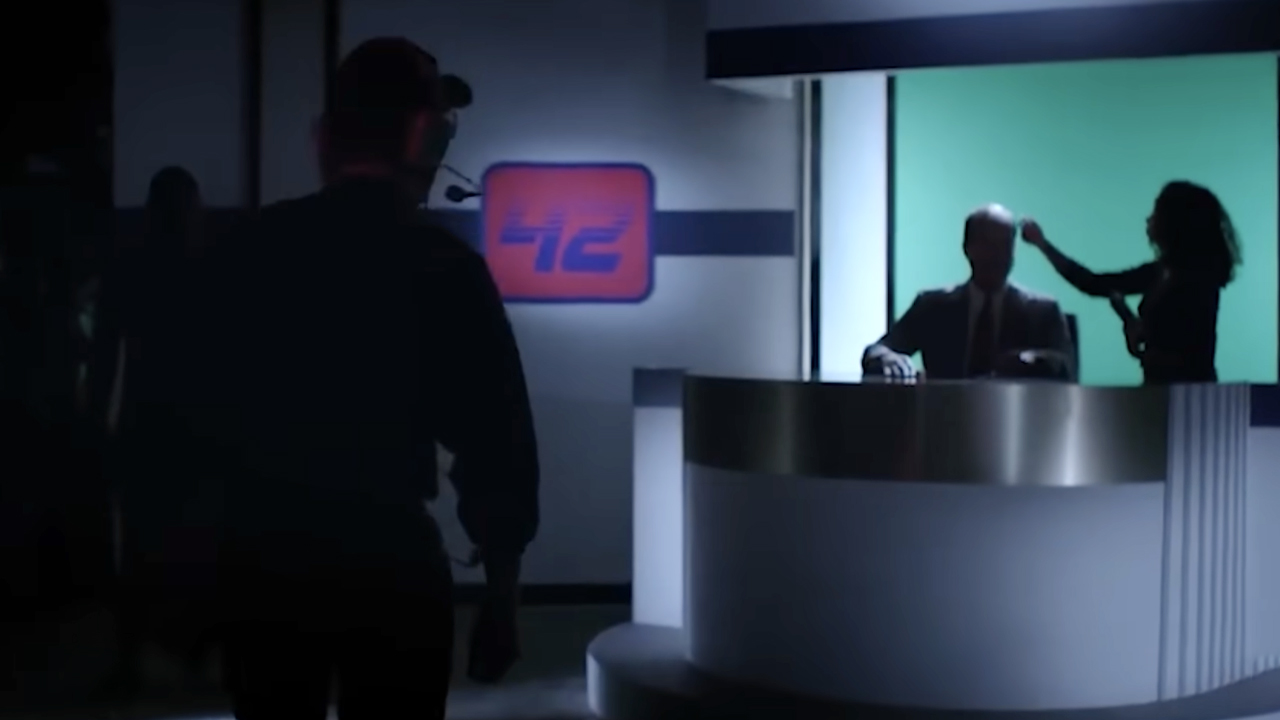
The Reenactments Feel Like They Belong in a James Wan Movie
The recreations in The Nightmare aren’t just moody filler—they're legit horror sequences. Ascher shoots them with the same kind of negative space and quiet dread you’d expect from the best James Wan films. A doorway that’s too dark. A shape that’s too still. A figure in the corner that absolutely should not be there. It’s not subtle, and it works.
Your Daily Blend of Entertainment News
Several fans said the visuals came eerily close to their actual experiences. One of the film’s subjects, Forrest, even described it during an AMA as:
It was a beautiful synthesis of my experience through someone else's lens.
Recreations that feel not just accurate but cinematic are a rare thing in nonfiction movies. Now, not everyone’s into it. Some viewers think the dramatizations go too far. Fair. But here’s the thing: if you’re arguing about whether the horror touches are “too effective” for a documentary, you’re already halfway to admitting they work. For me, those dramatizations are the secret sauce.
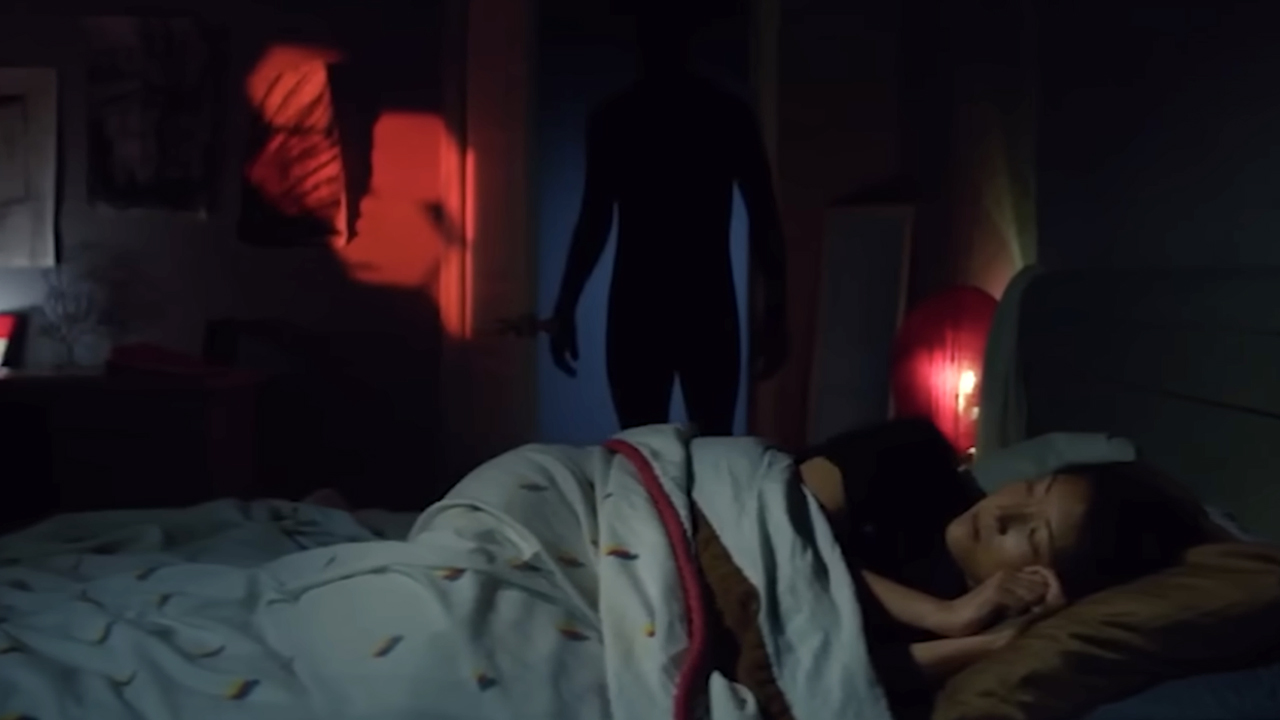
The Science Is Still Catching Up To The Phenomenon
Sleep paralysis is a known thing. Doctors will tell you it’s tied to REM disruption, stress, inconsistent sleep, or conditions like narcolepsy. The clinical part makes sense. What doesn’t? The part where people across the world keep seeing the same shadow figure hovering at the edge of the bed. The Nightmare leans into that tension. It doesn’t just show you the paralysis, but shows you the patterns. Science can explain the mechanics (muscle atonia, dream bleed, etc.), but it still can’t explain why the hallucinations all rhyme.
That ambiguity is rocket fuel for viewer paranoia. Some may want to avoid watching it because night terrors could potentially spread just through talking about them. And if you haven’t had an episode in years, you may worry the movie could re-trigger an episode. That’s not something you hear about found-footage films and ghost stories. This documentary isn’t just a scary movie, but is a frightening idea, and some people won’t even risk pressing play for fear of passing it along.
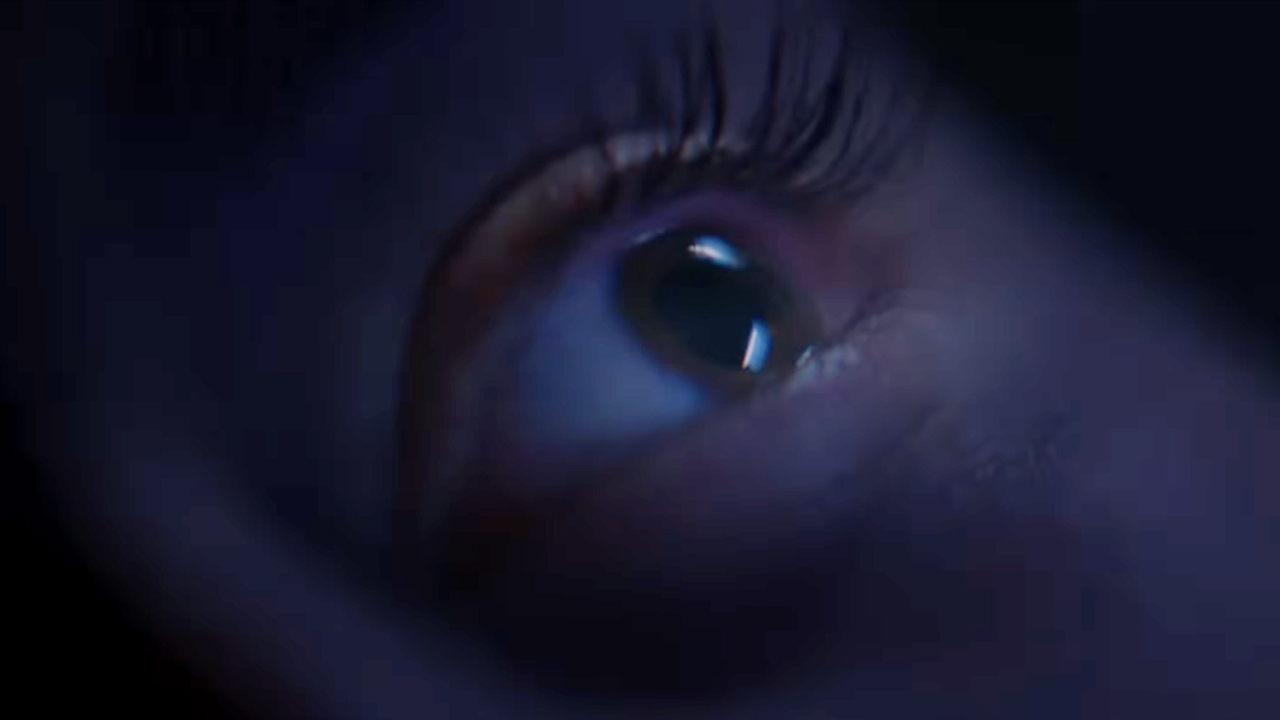
There’s No Sleep Paralysis Cure, Only Fear Management
The Nightmare isn’t interested in neat resolutions. It doesn’t offer tips or tricks, and it’s not here to make you feel better. If anything, it reminds you that sleep paralysis doesn’t go away, but can only be managed. Sometimes.
There are treatments, sure. Meds. Better sleep habits. The occasional cognitive strategy. But there’s no silver bullet. At best, you learn to live with it or try to keep it at bay. The film gets that. It doesn’t pitch hope or closure. It just sits in the dark with you while you try to catch your breath.
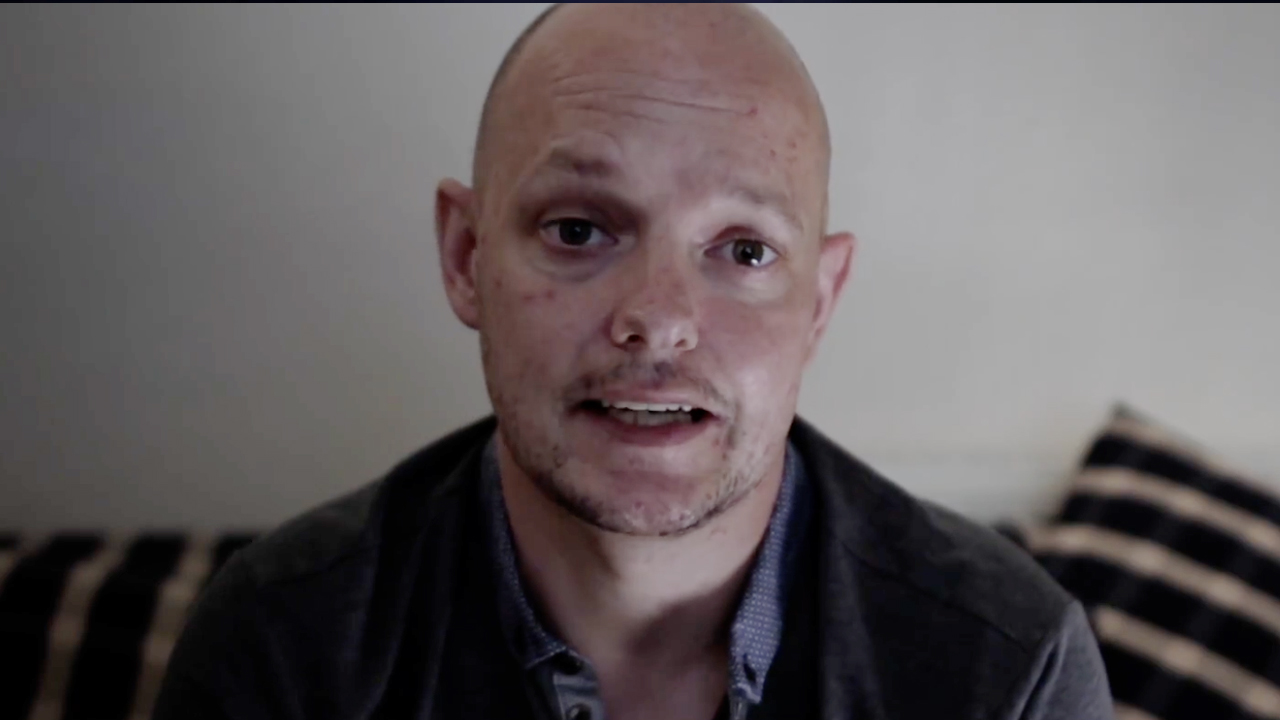
Even Experts Aren’t Sure If It’s A Dream, Disorder, or Something Paranormal
Sleep paralysis is a medically recognized sleep disorder—you're awake, but your body isn’t. You can’t move, can’t speak, and often, you’re not alone. Most people who go through it report some variation of the same three hallucination types—an intruder in the room, something sitting on their chest, or a full-on out-of-body experience. That uniformity is what gives The Nightmare its power.
What makes the movie so effective is that it doesn’t try to solve the mystery. It just lays out the patterns and lets the strangeness speak for itself. Science has theories (REM glitches, disrupted sleep, maybe some social anxiety in the mix), but no clear answers and no surefire fix. The film leans into that ambiguity. It doesn’t explain the phenomenon; it dares you to experience it.
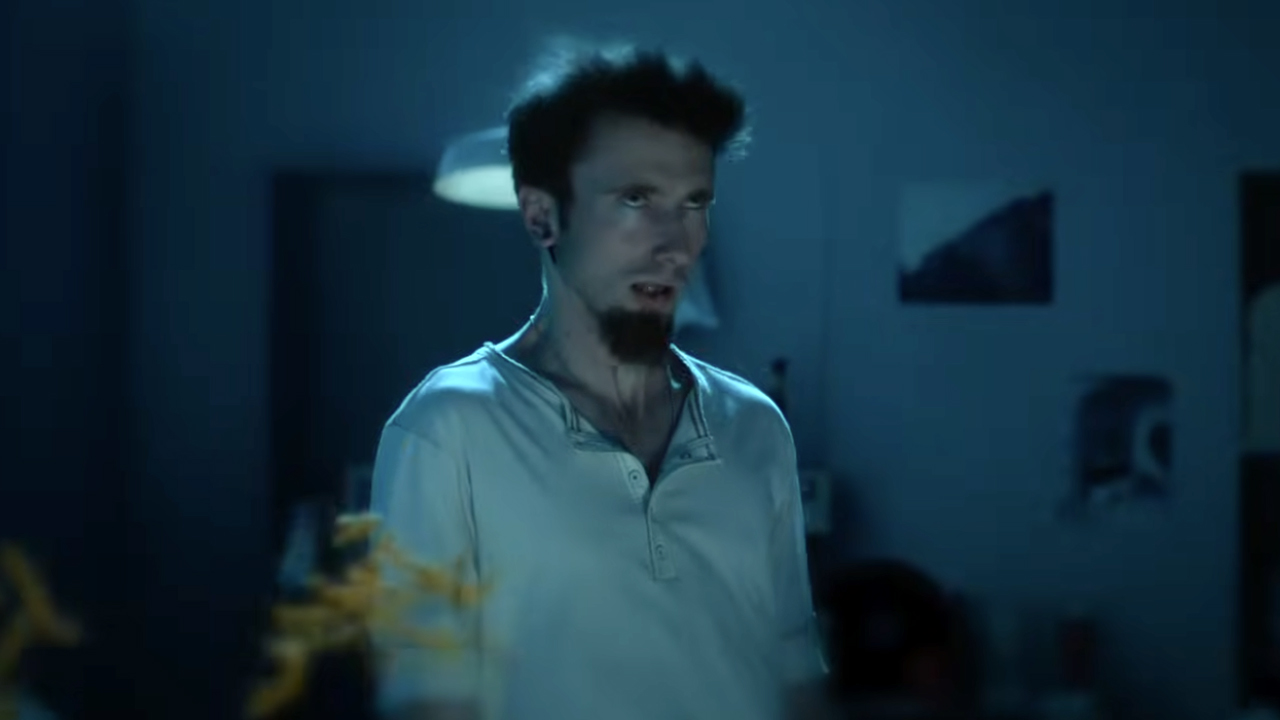
So… Should You Watch It?
That depends. If you’re looking for cheap jump scares and a classic final girl, keep scrolling. But if you're okay lying awake at 3 a.m., wondering whether that shape in the doorway was always there, this one earns its reputation.
If you’ve dealt with sleep paralysis before, approach with caution; it might bring some of that back. If you haven’t, consider this your introduction to why some people keep the lights on. And if you’re not a fan of reenactments... well, that’s the entire format—but they’re sharp and unsettling in all the right ways.
Streaming availability tends to shift, but at the moment, The Nightmare is free to watch as one of the best horror movies on Tubi. But bottom line: The Nightmare doesn’t scream in your face, but sits quietly beside your bed, waiting for you to wake up... making it a perfect pick for the Halloween season.
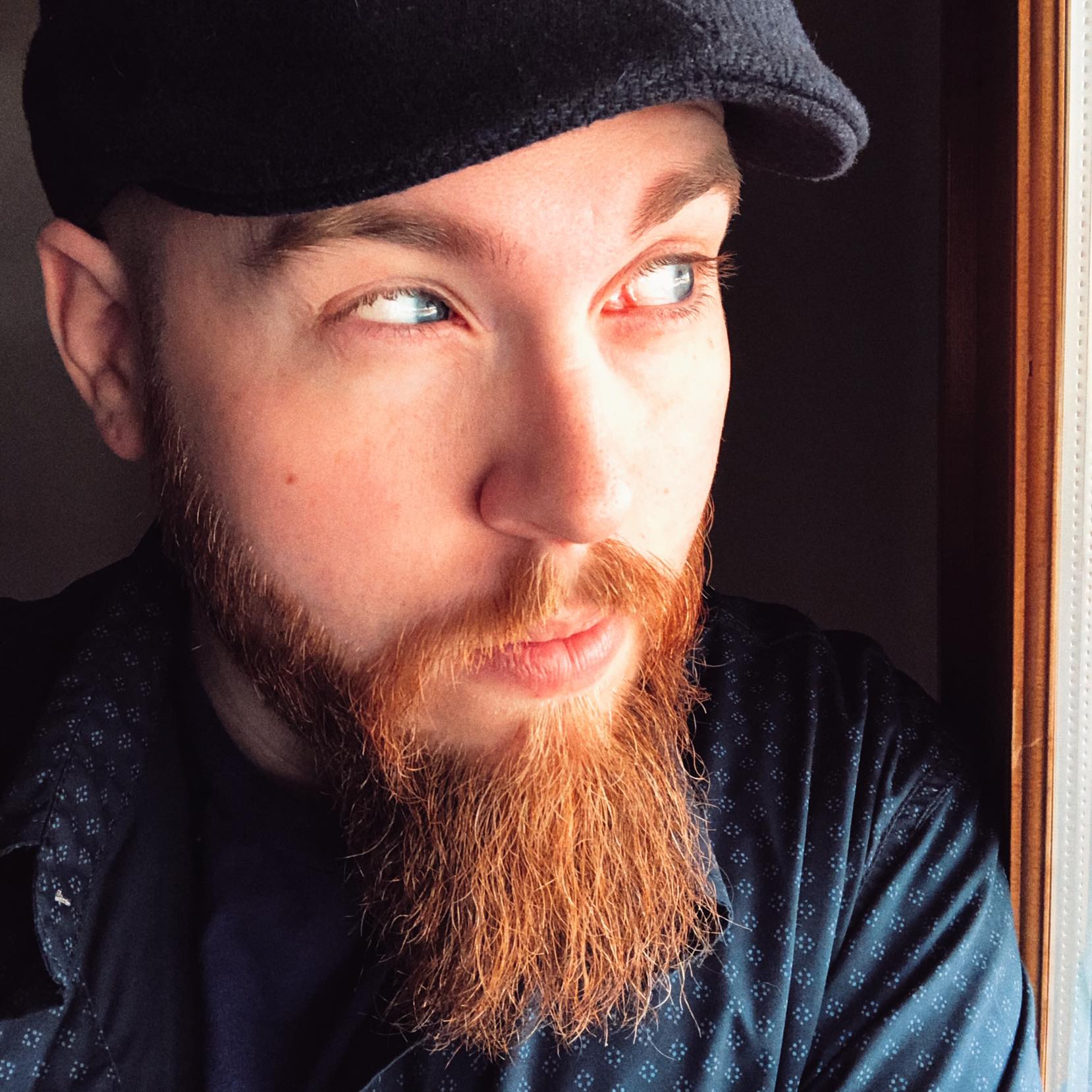
Ryan graduated from Missouri State University with a BA in English/Creative Writing. An expert in all things horror, Ryan enjoys covering a wide variety of topics. He's also a lifelong comic book fan and an avid watcher of Game of Thrones and House of the Dragon.
You must confirm your public display name before commenting
Please logout and then login again, you will then be prompted to enter your display name.
